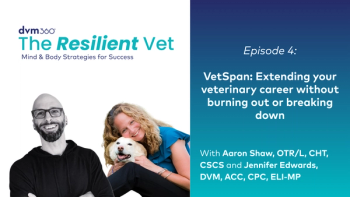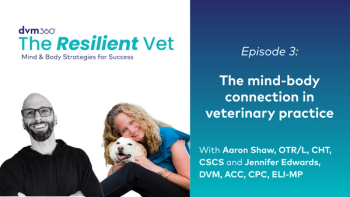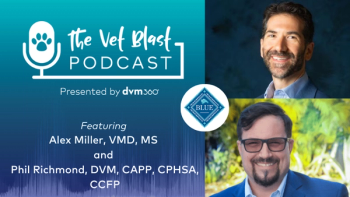
Scrotal versus prescrotal castration: Study limitations
The authors of this study review important points for future research.
In this study, inherent variability introduced by the participation of multiple surgeons was unavoidable but increases the external validity of the study. Even so, differences were kept to a minimum by using standardized methods and accounting for practice location in the analysis. Surgeons were unable to be blinded to surgical method but were not permitted to evaluate postsurgical complications. While possible interobserver bias was unavoidable, technicians and shelter staff were verbally trained regarding possible complications. Every effort was made in this study to reduce variability and bias. However, because of the nature of the study, some variability and bias were inevitable.
Also, dogs were obtained from several environments, including individual homes, sheltering organizations and foster situations. Unlike other studies that examined only owned animals, this study examined some dogs kept in traditionally high-stress situations, which may have increased the risk of destructive behavior and may possibly have led to extended healing times.
Possible shortcomings of this study included relying on subjective reports from numerous clinics and high variability in what was considered a complication. The study used no standardized protocol to ensure consistency in the reporting of complications. Furthermore, what one observer might label a surgical complication might have been overlooked as normal healing by another. The degree of scrutiny of a healing incision may also have varied between individual observers.
Individuals that assessed the dogs after surgery were given verbal instructions concerning the accurate assessment and recording of complications. In cases in which the dog was owned or housed in a foster home, the owner or foster owner assessed that dog. For dogs that lived in shelters, shelter personnel were responsible for reporting complications. Whenever possible, the same individual assessed the dogs at each facility. However, in some cases, multiple personnel may have been required to fulfill the three-day duration of follow-up, introducing additional variability to the study. Personnel had various levels of education and training, which may have led to differences in their ability to report the data correctly.
Additionally, since multiple facilities participated in data collection, variation in the scoring of complications could have occurred. Patterns of reports of swelling changed significantly at 24 hours. There was a higher likelihood of swelling at MSU than at HA for the first six hours after surgery, but the opposite was true from 24 to 72 hours after surgery. That could be explained by a change in observer. At MSU, shelter employees were responsible for assessments for the entirety of follow-up. At HA, veterinarians were responsible for observations for the first 24 hours; the dogs' owners completed the remaining observations. Hemorrhage, pain and self-trauma in the first six hours after surgery were assessed by shelter employees at MSU and were assessed by veterinarians at HA.
Dogs in this study presented from many varied backgrounds. Beyond the basic preanesthetic physical examination, no information was available on the dogs' health status, as is typical in shelters. No preanesthetic blood or urine screening was performed to assess organ function, heartworm status or exposure to pathogens such as Ehrlichia species. The financial and time constraints of many high-quality high-volume spay-neuter organizations do not allow for extensive diagnostic testing. However, underlying parasitic infections or other diseases could have adversely affected a dog's ability to achieve normal hemostasis and normal postsurgical healing. However, these variations would likely involve dogs in both subsets.
Newsletter
From exam room tips to practice management insights, get trusted veterinary news delivered straight to your inbox—subscribe to dvm360.






